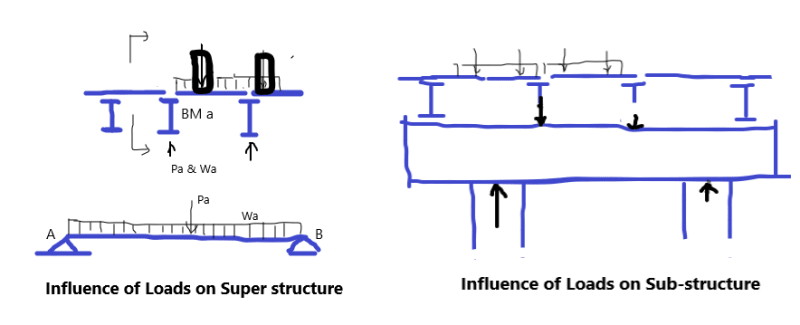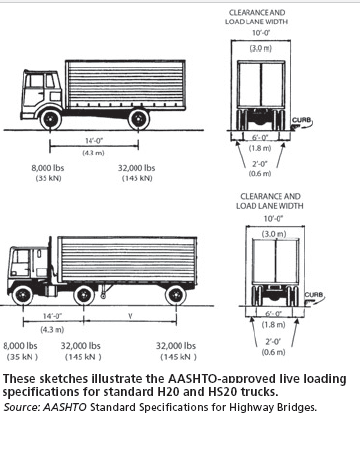Son of a Bridge
Structural
Hello everyone,
I am trying to understand how a truck and lane load are positioned transversely along a bridge for one-lane loaded, two-lanes loaded, three, etc.
As per AASHTO, "Both the design lanes and the 10 ft loaded width in each lane shall be positioned to produce extreme force effects. The design truck or tandem shall be positioned transversely such that the center of any wheel load is not closer than 2 ft from the edge of the design lane (for design of all other components, except the deck overhang)".
I will attach a PDF of what my interpretation of the code is. Could someone please tell me if my intuition is correct?
Also, what is an easier way to determine the controlling live load case (for a pier cap) based on the transverse positioning of the design truck/tandem and lane load?
Any help is appreciated. Feel free to provide any hand calculations examples.
Thanks
I am trying to understand how a truck and lane load are positioned transversely along a bridge for one-lane loaded, two-lanes loaded, three, etc.
As per AASHTO, "Both the design lanes and the 10 ft loaded width in each lane shall be positioned to produce extreme force effects. The design truck or tandem shall be positioned transversely such that the center of any wheel load is not closer than 2 ft from the edge of the design lane (for design of all other components, except the deck overhang)".
I will attach a PDF of what my interpretation of the code is. Could someone please tell me if my intuition is correct?
Also, what is an easier way to determine the controlling live load case (for a pier cap) based on the transverse positioning of the design truck/tandem and lane load?
Any help is appreciated. Feel free to provide any hand calculations examples.
Thanks


